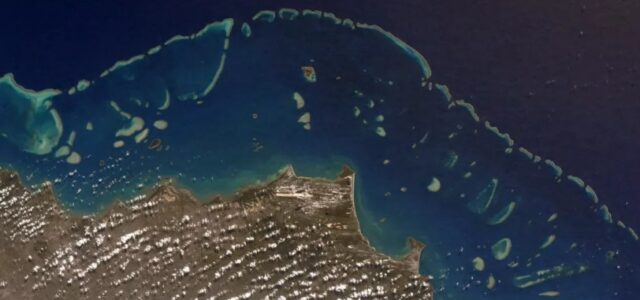Stretching over 2,300 kilometers off Queensland’s coast, the Great Barrier Reef is the largest coral reef system on Earth, made up of nearly 3,000 individual reefs and 900 islands. More than just a natural wonder, it’s a critical indicator of how climate change is impacting the planet’s oceans.
A fresh report from the Australian Institute of Marine Science (AIMS) paints a troubling picture of the reef’s condition. The study, conducted a year after the reef’s fifth mass bleaching since 2016, shows sharp declines in coral cover a key measure of reef health.
Australia’s Great Barrier Reef Suffers Record Bleaching Impact
Between August 2024 and May 2025, researchers surveyed 124 reefs. Their findings reveal the steepest year-on-year coral loss in decades. In the north, about 25% of the record-high coral cover vanished the largest single-year drop ever recorded in that region. The southern section suffered its worst loss yet, driven mainly by record-breaking ocean heat in 2024. The central area fared slightly better but still saw declines.
Coral bleaching happens when rising water temperatures stress corals, causing them to expel the algae that give them color and nutrients. While bleached corals aren’t immediately dead, they become far more vulnerable to disease and starvation. Even a one-degree Celsius rise above their tolerance can be deadly within months.
The AIMS report links these events directly to climate change–driven ocean warming, compounded by pollution and outbreaks of coral-eating crown-of-thorns starfish.
Despite covering just 1% of the ocean floor, coral reefs like the Great Barrier Reef support 25% of all known marine life. They are essential to the health of the oceans and the survival o over a billion people who depend on them for food, income, and coastal protection making their preservation an urgent global priority.
